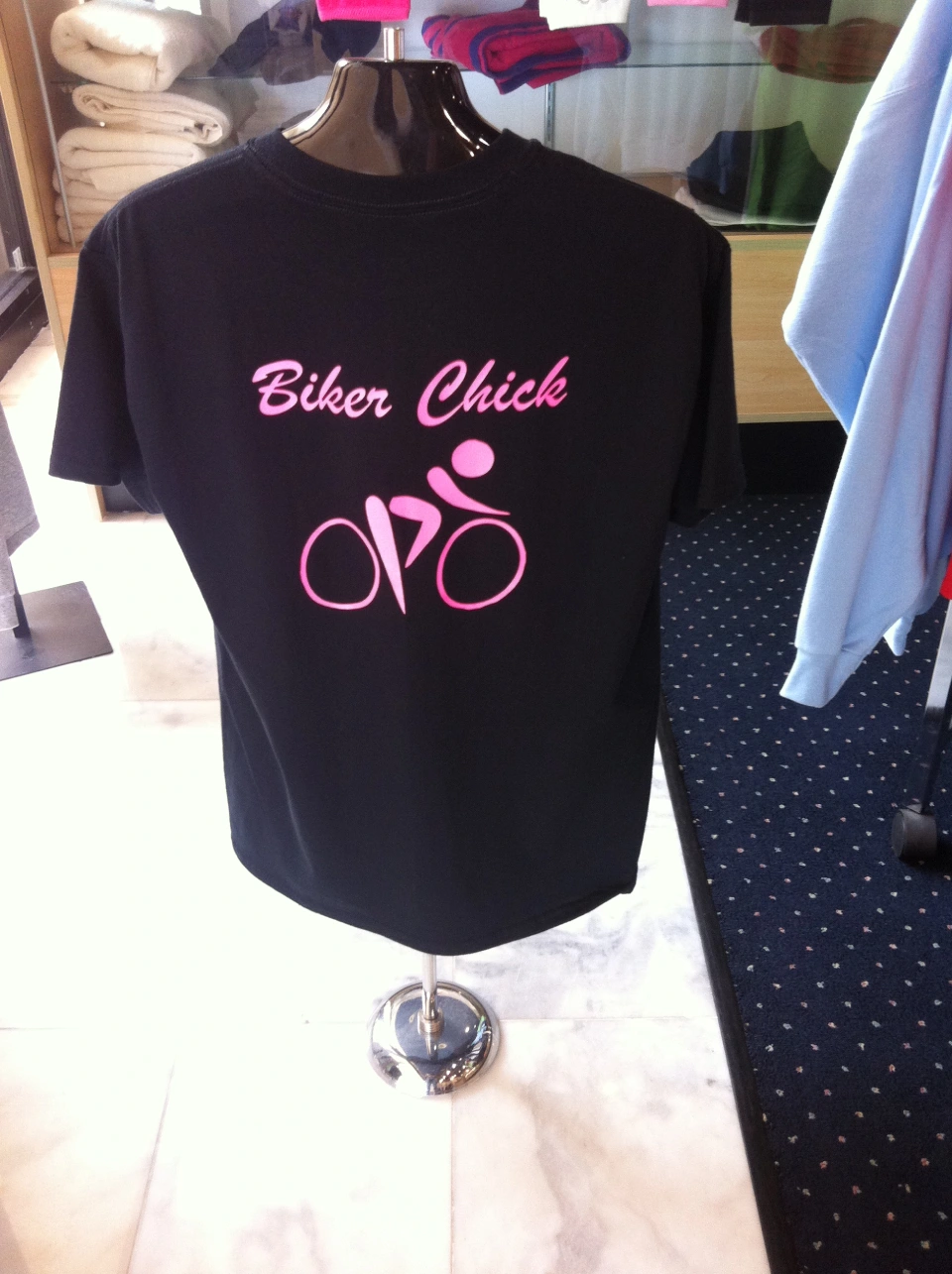Heat Transfer on T-Shirts and Aprons - Custom-made Layouts and Logo Designs
Heat Transfer on T-Shirts and Aprons - Custom-made Layouts and Logo Designs
Blog Article
The Art of Personalized Embroidery: Unlocking the Tricks to Creating One-of-a-kind and Memorable Styles
Needlework, a craft steeped in custom and artistry, holds within its intricate stitches the power to transform textile into a canvas of distinct expression. The keys to developing custom embroidery styles that astound the eye and leave a long lasting impact depend on a fragile balance of strategy, creativity, and focus to information. As we delve right into the globe of custom-made needlework, we reveal the nuanced interaction between thread choice, sew intricacy, and layout personalization that raises a simple garment to a masterpiece. Join us on a trip via the art of custom embroidery as we unravel the enigmas behind crafting truly unforgettable and unique productions.
Selecting the Right Embroidery Threads
When picking embroidery strings, what vital elements should you take into consideration to make certain the best results for your personalized designs? The option of embroidery thread is essential in identifying the last result of your stitched style.
Moreover, the weight or density of the thread plays a substantial function in the appearance of the embroidery. Thicker threads can add dimension and texture to your design, while finer threads are perfect for complex details and tiny text. In addition, taking into consideration the color fastness and washability of the thread is critical to make sure that your customized designs preserve their high quality and vibrancy in time. By very carefully evaluating these factors and selecting high-quality strings that satisfy your particular requirements, you can boost the visual appeal and long life of your embroidered creations.
Exploring Different Stitch Techniques
To delve into the world of 'Checking out Different Stitch Techniques', one must realize the ins and outs and nuances that each sewing technique brings to the art of needlework. Different stitch strategies not only include visual passion but also add to the total structure and measurement of the design. One prominent stitch technique is the satin stitch, which includes very closely packed parallel stitches to produce a smooth and glossy surface, suitable for filling out shapes and developing bold details.
On the other hand, the backstitch is a flexible strategy frequently made use of for describing and including fine information. It includes stitching backwards to develop a solid line of needlework. In addition, the French knot stitch adds a responsive aspect to designs, best for creating distinctive accents like flower facilities or ornamental touches.
Exploring different stitch strategies enables embroiderers to have fun with light, shadow, and deepness within their designs, raising the aesthetic appeal and imaginative high quality of their needlework jobs. By understanding various stitching techniques, one can unlock visit homepage countless possibilities for developing special and memorable personalized embroidery items.
Incorporating Personalized Style Elements
Having actually explored the complexities of various stitch strategies such as the satin stitch, backstitch, and French knot, the emphasis now changes towards incorporating tailored style elements in personalized needlework jobs. Personalized layout aspects play an essential duty in making embroidery projects genuinely distinct and memorable.
One more way to include customized layout aspects is by including icons or themes that hold unique definition to the recipient or show their interests and personality. For instance, integrating a preferred flower, pet, or hobby-related symbol can make the embroidery layout a lot more purposeful and individualized. In addition, selecting shades that reverberate with the recipient or line up with the desired style can better enhance the personalization of the embroidery project.
Understanding the Art of Color Sychronisation
One trick element of shade sychronisation is understanding shade theory. This consists of recognizing exactly how various colors interact with each various other, the feelings they share, and how they can be integrated to produce aesthetically attractive designs. By using color concept principles, embroiderers can create harmonious color combinations that enhance the overall appearance of the design.
Furthermore, taking notice of contrast is crucial in color coordination. Using contrasting shades can help particular elements of the layout pop, improve clarity, and create a visually vibrant needlework item. By mastering the art of shade sychronisation, embroiderers can boost their styles and produce remarkable pieces that resonate with customers and visitors alike.
Enhancing Texture With Advanced Embroidery Stitches

French knots, as an example, are perfect for adding tiny, raised dots to your layout, imitating the appearance of grains or developing a distinctive surface area. Bullion knots, on the other hand, can be utilized to develop twisted, ropelike components that add a lavish feeling to the needlework. Seed sewing involves tiny, scattered stitches that can complete locations with a polychromatic appearance, while see this website turkey work produces fluffy, dimensional accents similar to animal fur or foliage. Experimenting with these sophisticated needlework stitches allows you to press the borders of traditional embroidery and develop really unique and visually enticing appearances in your layouts.
Conclusion
In conclusion, the art of personalized needlework involves a combination of picking the ideal threads, exploring numerous stitch methods, incorporating customized layout components, grasping color coordination, and boosting structure with advanced stitches. By understanding and implementing these vital aspects, embroiderers can produce special and unforgettable layouts that showcase their creative thinking and ability. Embroidery fanatics can unlock the keys to producing stunning and bespoke items that stand out and leave a long-term perception.
Report this page